At Jones Ranch, Rancher Profitability is Job #1
In the fall of 2015 we introduced our goals of improving beef industry profitability through improved feed efficiency. Now, 2 and 1/2 years later, we’re making our feed intake and conversion data even more meaningful. By leveraging the 100’s of feed intake observations we measure annually against hundreds of thousands of animals that have been similarly evaluated by the $Profit team, we bring the power of pedigree relationships to the prediction of feed efficiency and in this year’s catalog will present this information in a true multi-breed Feed Efficiency EPD: F:G. In addition, the relevance of Feed Efficiency data and the resultant EPD are enhanced through it’s inclusion in a multi-breed economic selection index; $Profit
How $Profit Works:
$Profit assumes that the average commercial bull will sire 100 progeny over his lifetime, that 30% of the replacements will be retained and that the rest of the heifers and all of the steers will be finished and sold on a value-based grid. Even though many ranchers sell their calves at weaning - and don’t own them all the way to harvest, we have seen feedlots’ willingness to to pay for calves from genetics recognized for superior post-weaning value.
Example:
Bull A has a $Profit of $8,000
Bull B has a $Profit of $4,000
We would expect Bull A to produce $4,000 ($40/head x 100 calves) than Bull B.
$Profit = One number that predicts your bottom-line!
Feed Efficiency.
Whether you’re renting native range, grazing wheat, or finishing steers - you pay for feed, and ultimately profit from producing more pounds with less feed. Cattle that convert feed more efficiently have a very positive impact on profitability across the beef supply chain.
We utilize Feed:Gain (F:G) EPD to select for animals that more efficiently convert feed into gain. F:G predicts differences in the amount of feed consumed to produce one pound of gain.
F:G Example: Progeny from a bull with a -0.50 F:G EPD would be expected to consume 1/2 pound less feed per pound of gain than progeny from a bull with a 0.00 F:G EPD.
What traits are included in $Profit?
Nearly every trait that impacts profitability. The relationship between most traits and profit is usually straight forward. Here is the list relevant traits and their impact on $Profit:
Revenue Traits:
Calving Ease = More Calves
Weaning & Yearling EPD = More payweight
Fertility (Days to Conception) = more pounds and more calves
Carcass Weight = worth more up to 1050 lbs.
Marbling = valued based on grid premiums
Ribeye area = value as impacts Yield Grade
% Retail Product = more yield is more meat
Cost Traits:
Cow Mature Size = in general, bigger eats more
Cow intake = increased feed intake means increased costs
Feed Efficiency = cost of Gain
Carcass Weight = worth more up to 1050 lbs.
Marbling = valued based on grid premiums
Some traits are less easily characterized. Milk for example, is a good thing until you get too much. When milk EPD moves over +25 it begins to have more of a negative effect on fertility than the positive effect it has on weaning weight.


